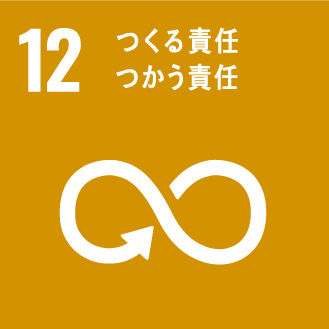
PROJECT
ONE&DOT
仙台箪笥職人とのコラボレーションによる、伝統技術の詰まったペーパーナイフのデザイン。

WHY
仙台箪笥の技術を
未来につなげるために。
仙台箪笥は、ケヤキや栗をはじめとする木材を組み合わせて家具をつくる「指物」、木地呂塗りという手法による漆の「塗り」、そして、豪華な鉄の装飾が特徴的な「金具」という複合的な技術が融合した宮城県の伝統工芸品です。仙台箪笥は江戸時代末期に、武士が刀を入れるためにつくられ、やがて丈夫で長持ちする嫁入り道具として広く親しまれるようになりましたが、住居や生活スタイルの変化とともに需要が減り、産業は衰退していきました。いまや、「指物」「塗り」「金具」のすべての技術を一手に担える職人はひとりを残すのみとなり、産業として窮地に追い込まれている中、この伝統的な技術を未来につないでいくために、デザインにできることはないのでしょうか。
HOW
伝統産業の技術を
因数分解したプロダクト。
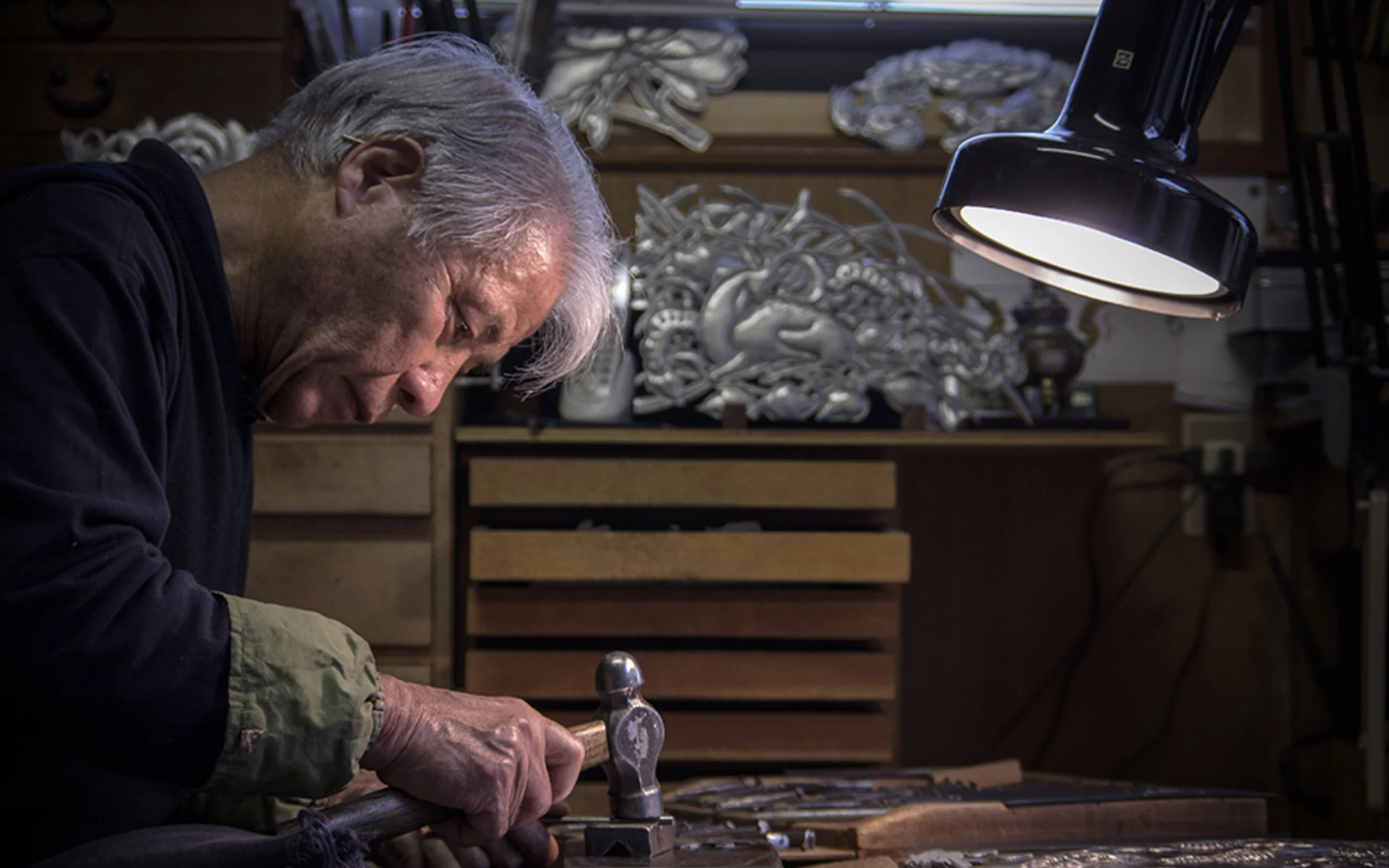
私たちは、仙台市の震災復興事業の一環として、ペーパーナイフ「ONE&DOT」をつくりました。職人とのやり取りを通して、仙台箪笥の大きな特徴である彫金手打金具に着目した私たちは、この技術を切り出して新たな商品を開発することを構想し、漢数字の「一」と、日本語の読点「、」をモチーフに、使いやすさと美しさを併せ持った大小2種のペーパーナイフをデザインしました。「ONE&DOT」は、現代の生活様式にフィットしにくい高価な商品となってしまっている仙台箪笥の技術を因数分解し、日用品としての用途を新たに見出すことで、新たな市場を切り開くことを目指したプロダクトです。

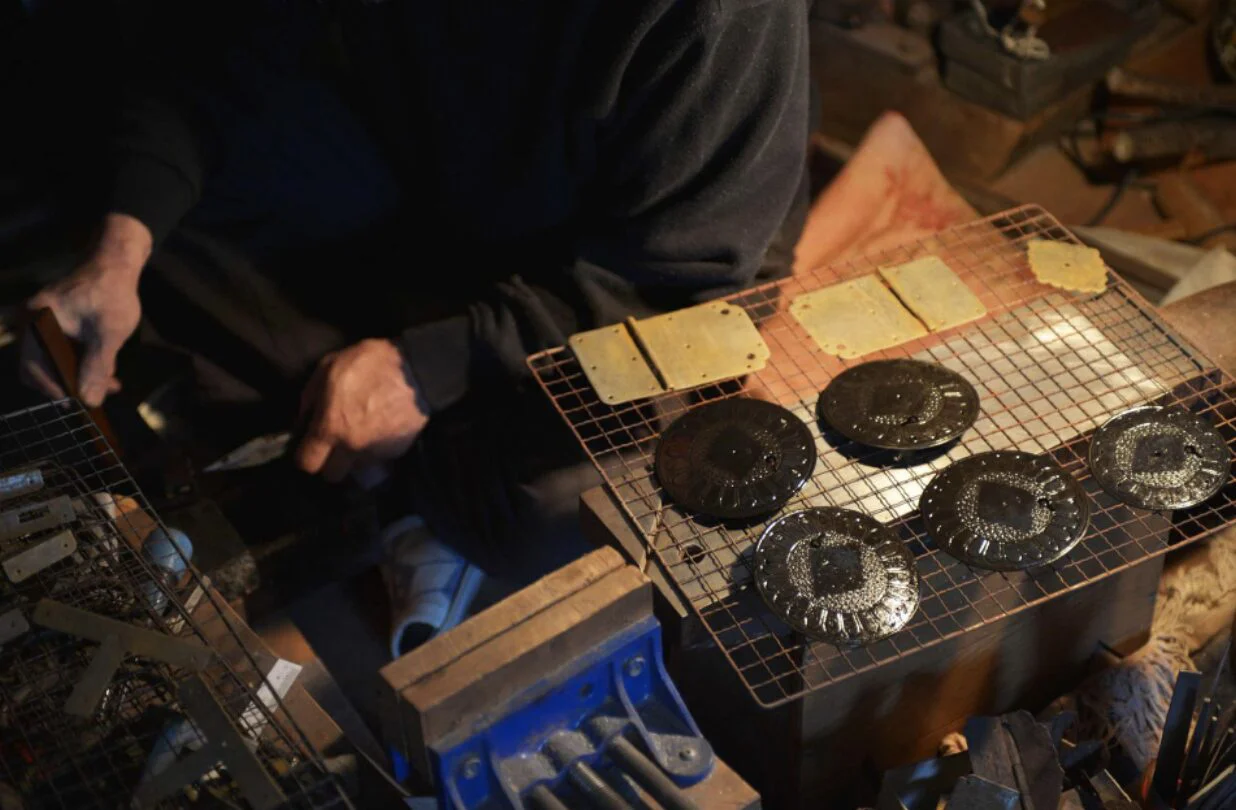
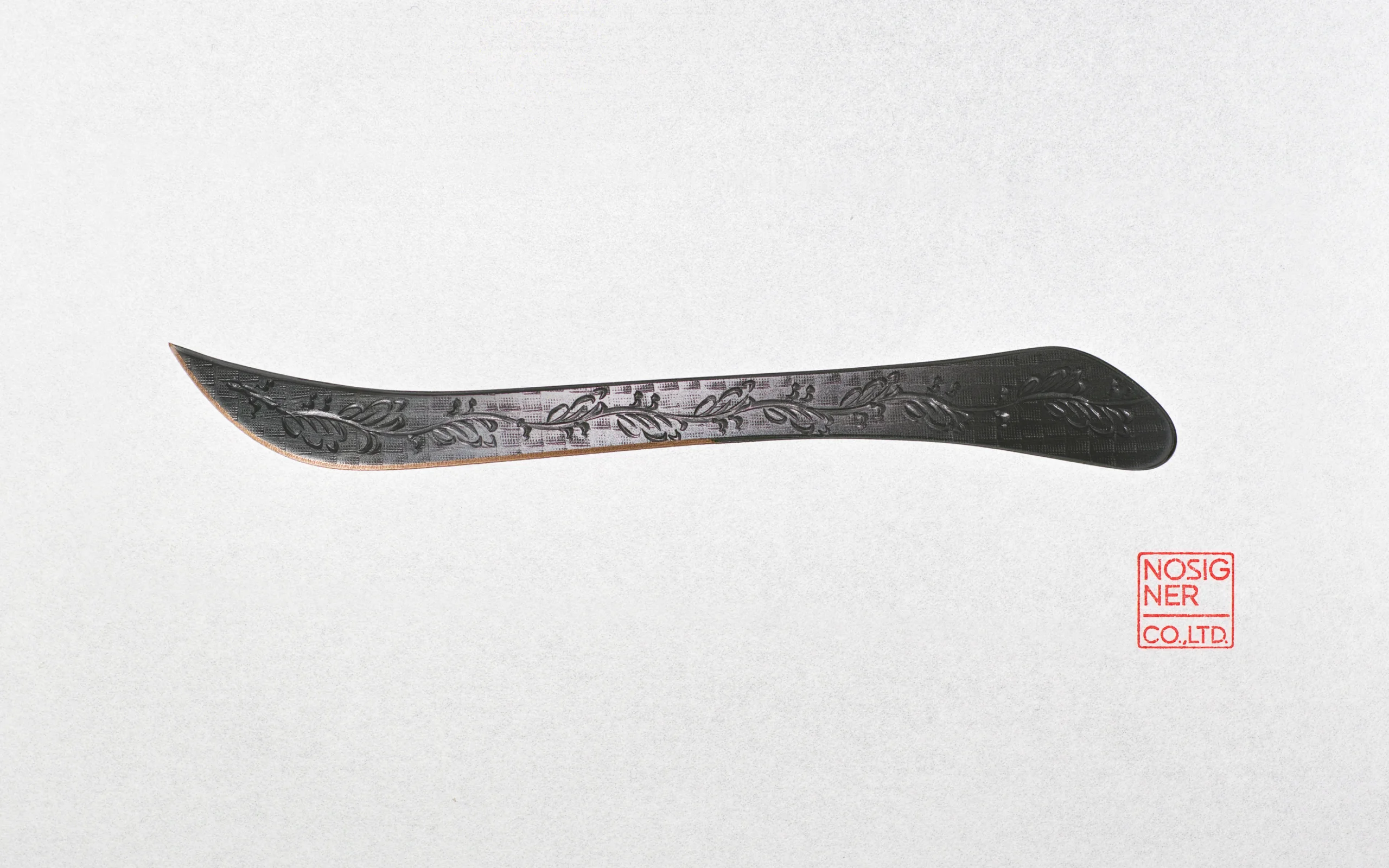
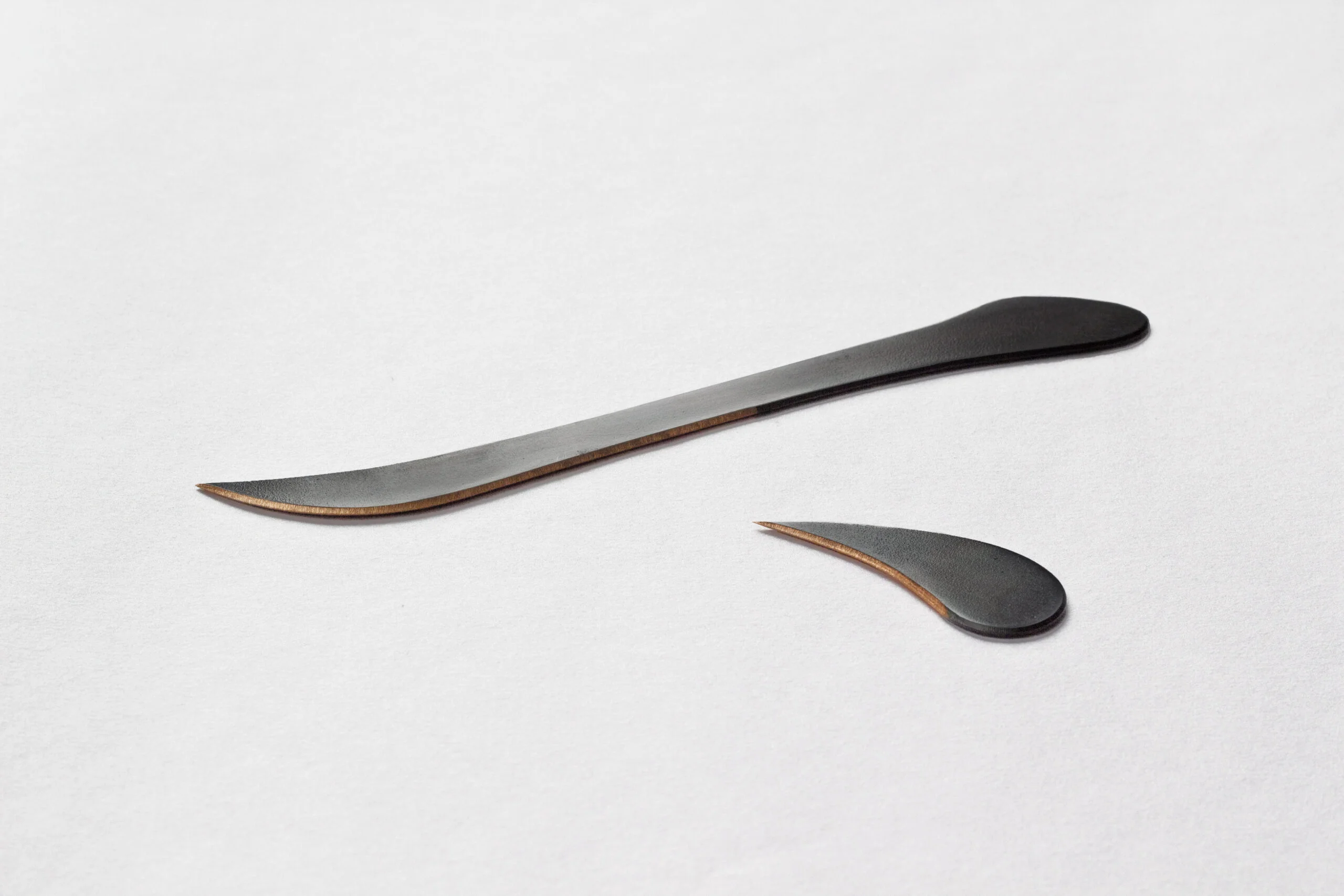

WILL
伝統産業に生き残りの道を
示すトライアルに。
仙台箪笥の伝統的な技術や産業を未来につなげるためにデザインした「ONE&DOT」は国内外から高い評価を受け、数千本単位の注文が入るなど市場からの反応も良好でした。国内の多くの伝統産業が売上の減少や後継者不足などの課題を抱え、危機的な状況に瀕している中で、伝統産業が持つ高い技術力に新たな価値を与え、市場の開拓に挑んだこのプロジェクトは、日本の伝統産業の未来を占う上で、価値あるトライアルだったのではないかと考えています。
INFORMATION
- What
- ONE&DOT
- When
- 2014
- Where
- Sendai, Japan
- Scope
- Product design
- SDGs
CREDIT
- Product Design
- Eisuke Tachikawa
- Photograph
- NOSIGNER

